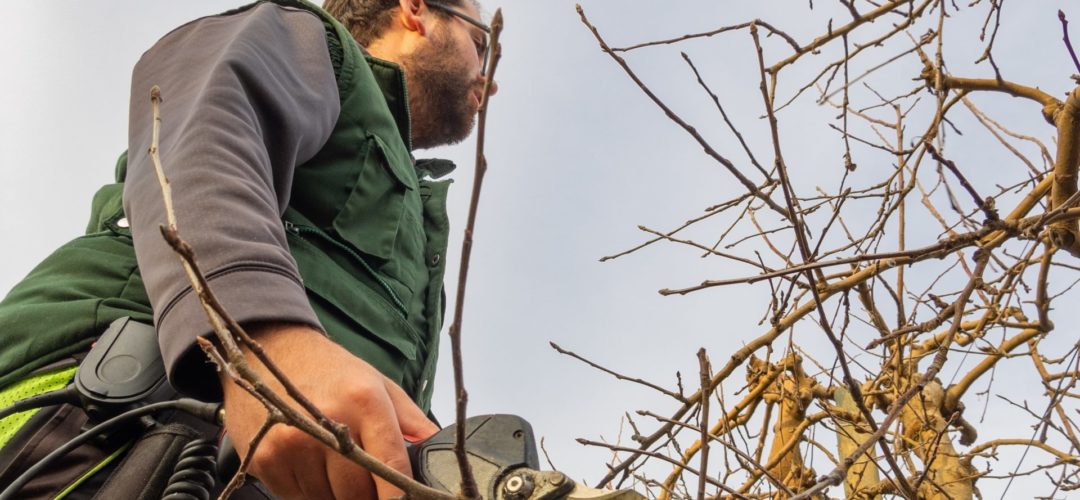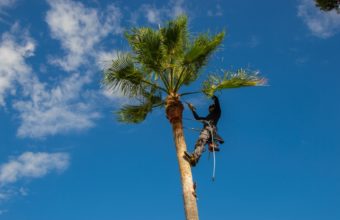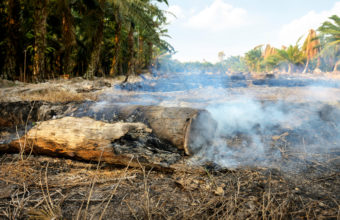Trimming lower branches on trees, also known as “limbing up” or “raising the canopy,” can be a beneficial practice in specific situations and for particular objectives. Whether or not you should trim lower branches depends on various factors, including the type of tree, your goals, and site-specific considerations.
Here are some reasons why you might choose to trim lower branches…
- Clearance and Safety – Trimming lower branches can provide clearance for structures, vehicles, pedestrians, or lines of sight, enhancing safety and reducing the risk of accidents or damage.
- Aesthetics – Removing lower branches can improve the visual appeal of the tree by giving it a more balanced or elevated canopy. This can be especially beneficial for ornamental or landscape trees.
- Access – Pruning lower branches may make it easier to access the area beneath the tree for landscaping, gardening, or other activities.
- Light and Airflow – Limbing up can increase sunlight penetration and airflow through the tree’s canopy and the surrounding area. This can benefit the health of the tree and any plants or turf beneath it.
- Reducing Hazards – Low-hanging branches can pose hazards, particularly during storms or high winds. Trimming them can minimize the risk of branch breakage or falling limbs.
- Creating Shade – In some cases, raising the canopy of a tree can create desirable filtered shade rather than dense, low-hanging shade.
When considering trimming lower branches, it’s important to keep the following principles in mind…
- Prune Judiciously – Avoid overpruning or removing too many lower branches. Maintaining a balance between canopy height and lower branches is crucial for tree health and stability.
- Species Consideration – Some tree species are more tolerant of lower branch removal than others. Consider the species’ natural growth habit and requirements.
- Proper Pruning Techniques – Use proper pruning techniques and make cuts just outside the branch collar to promote proper wound healing and minimize stress on the tree.
- Timing – Pruning should be done during the appropriate season to minimize stress and potential negative impacts on the tree. For many species, the dormant season (late winter to early spring) is ideal.
- Consult a Professional – If you are unsure about the best approach to pruning lower branches or if the tree is large or poses potential risks, consider consulting with a certified arborist or tree care professional. They can assess the tree, provide expert guidance, and perform the pruning safely and correctly.
Whether or not to trim lower branches on trees should be based on specific needs and objectives while taking into account the tree’s health and long-term well-being.






